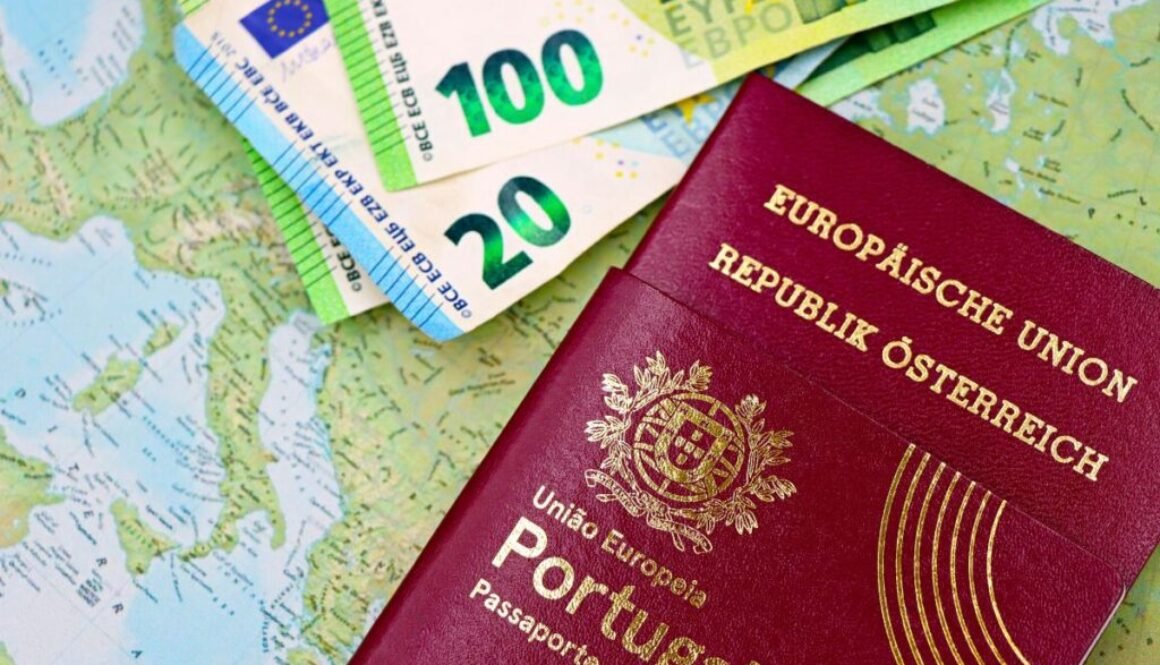7 Power Steps When Your Schengen Visa is Rejected
7 Power Steps When Your Schengen Visa is Rejected
Traveling to Europe is a dream for millions. You picture yourself sipping coffee in Paris, cruising Venice’s canals, or hiking the Swiss Alps. But then, your Schengen visa application comes back with the worst possible news: Rejected.
If this has happened to you, take a deep breath. It’s not the end. There are 7 power steps when your Schengen visa is rejected that can turn a refusal into approval. These steps work whether you’re a first-time applicant or have faced rejections before.
Step 1: Understand Why Your Schengen Visa Was Rejected
The most important of the 7 power steps when your Schengen visa is rejected is knowing the exact reason. Every embassy must give you a written refusal letter with a code or explanation.
Common Rejection Reasons:
Incomplete forms or missing pages.
Insufficient financial proof — not enough money in your bank account.
Invalid travel insurance — doesn’t meet €30,000 coverage requirement.
Unclear travel itinerary — bookings look fake or mismatched.
Suspicion of overstaying — embassy fears you won’t return.
Past visa rule violations — overstays in any country.
💡 Example: Raj from India applied for a Schengen visa to visit Spain. He showed only 1 month of bank statements. The embassy refused, stating “insufficient financial proof.”
Knowing the reason is step one because without it, you can’t fix the problem.
Step 2: Check if You Can Appeal
Not all rejections require a fresh application. Many Schengen countries let you appeal within 15–30 days.
Example Country Appeal Windows:
Germany: 1 month.
France: 30 days.
Netherlands: 4 weeks.
To win an appeal:
Address the reason for refusal directly.
Submit new or corrected documents.
Write a polite, factual cover letter.
💡 Real Scenario: Fatima from Morocco was refused by the French embassy for “unclear travel plans.” She appealed with a detailed day-by-day itinerary and got approved without reapplying.
This makes appeals one of the smartest 7 power steps when your Schengen visa is rejected because they save you time and fees.
Step 3: Strengthen Your Documentation
The third of the 7 power steps when your Schengen visa is rejected is to make your documents airtight.
Documents to Improve:
Bank Statements: Last 6 months, showing regular income.
Employment Proof: Employer letter with position, salary, leave approval.
Accommodation: Confirmed hotel bookings or official invitation letters.
Travel Insurance: Covers your entire stay, €30,000 minimum.
Flight Proof: Return ticket to show you plan to go home.
💡 Example: Carlos from Brazil was refused by the Italian embassy for “insufficient accommodation proof.” On reapplying, he booked refundable hotels on Booking.com, attached confirmations, and got approved.
Step 4: Fix Application Form Mistakes
Small form errors can lead to rejection. This is why correcting them is crucial in the 7 power steps when your Schengen visa is rejected.
Common Mistakes:
Dates not matching bookings.
Name spelling errors.
Leaving sections blank.
💡 Example: Lina from the Philippines wrote her name differently on her visa form and passport. She corrected it on reapplication and got approved.
Always double-check your form before submission.
Step 5: Apply to the Right Embassy
Many rejections happen because applicants apply to the wrong embassy.
Schengen Rule:
Visiting one country → Apply to its embassy.
Visiting multiple → Apply to where you’ll spend most days.
Equal days → Apply to first entry country.
💡 Example: An applicant planned 5 days in Germany, 5 in France, but applied to the French embassy because “France sounds better.” Rejected.
Choosing the correct embassy is a small but essential step in the 7 power steps when your Schengen visa is rejected.

Step 6: Seek Professional Help if Needed
If you’ve faced multiple rejections or have complicated cases, professional visa assistance can help.
They can:
Review your file for weaknesses.
Write strong letters of intent.
Prepare proper appeal documents.
💡 Example: Ahmed from Egypt had 2 rejections. A consultant rewrote his cover letter, prepared better financial documents, and his third attempt succeeded.
Step 7: Reapply with Confidence
The last and most decisive of the 7 power steps when your Schengen visa is rejected is reapplying — but smarter.
When reapplying:
Mention the previous refusal politely.
Show exactly how you’ve fixed issues.
Keep everything consistent and genuine.
💡 Example: Priya from India was rejected for unclear ties to her home country. She reapplied with proof of her property ownership and an employer letter confirming her return date — approved.
Extra Tips to Increase Approval Chances
Apply 2–3 months before travel.
Avoid fake bookings or documents.
Show ties to your home country (job, family, assets).
Keep copies of all your submissions.

Don’t Miss
Visa rejections are not permanent. They are simply pauses. By following the 7 power steps when your Schengen visa is rejected, you’re not just fixing mistakes — you’re building a stronger case for why you deserve approval.
Step one gives you clarity. Step two gives you a shortcut through appeals. Step three builds your credibility through better documentation. Step four removes red flags from your form. Step five ensures you follow the right procedure. Step six gives you expert support. And step seven ensures your next application is better than the last.
Thousands have turned refusals into approvals by following these 7 power steps when your Schengen visa is rejected. It’s about persistence, preparation, and proving your intent to follow the rules.
External Helpful Link:
European Commission – Schengen Visa Information
Also Read:
10 Things to Do in Bangkok with Kids

